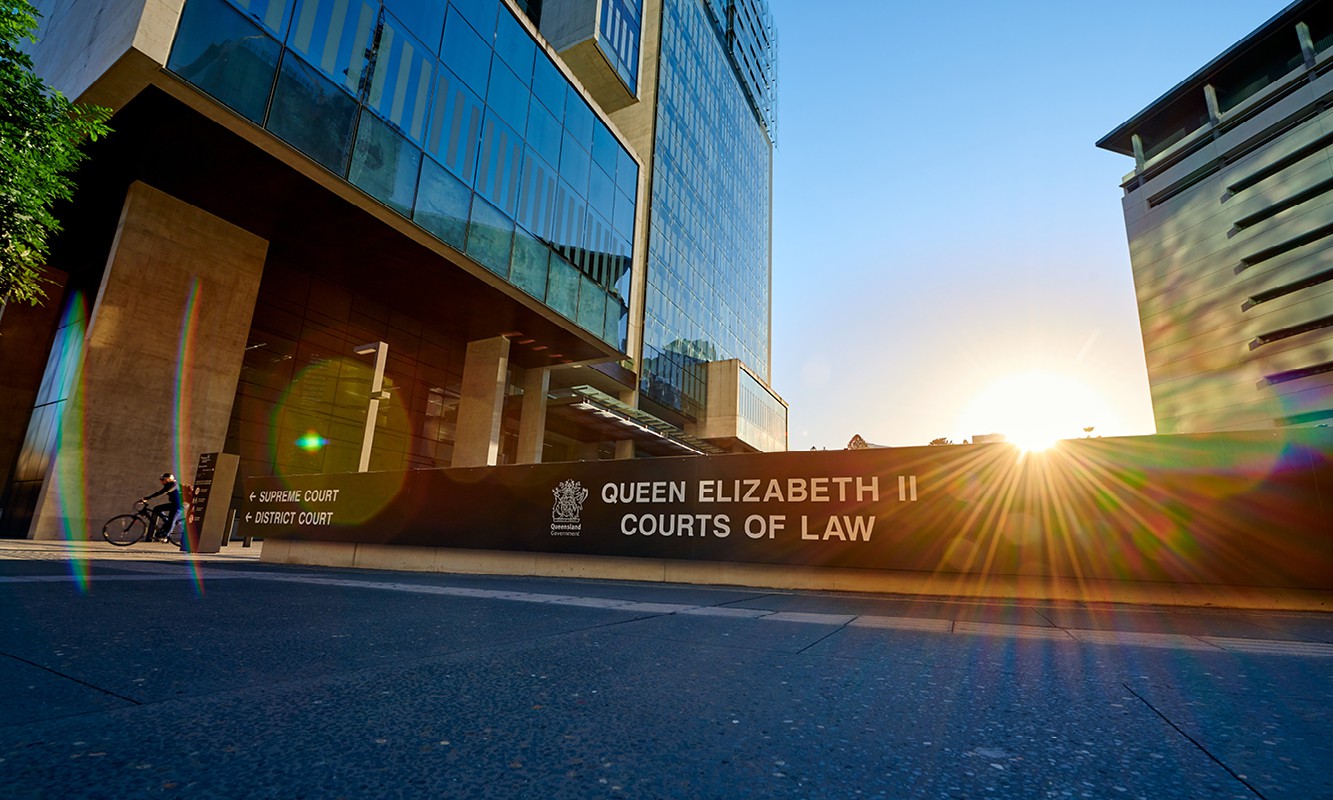Solicitors take file notes of conversations and meetings as a matter of course. However, precisely because taking files notes can become routine, may sometimes mean that insufficient thought is given to the underlying purpose of making file notes and in particular their potential for use as evidence in a proceeding.
This article will consider the use which can be made of file notes in evidence, and particular matters which should be kept in mind by practitioners to ensure that they comply with their ethical and professional obligations.
Purpose of file notes
Contemporaneous and thorough file notes made during conferences and meetings with a client or third parties, serve both an informative and a protective purpose. They inform the solicitor as to the instructions received or other matters discussed, and may protect the solicitor should allegations be raised as to the appropriateness of the solicitor’s conduct, or the instructions given.
As noted by Barlow QC DCJ In Metro Waterloo Pty Ltd v HWL Ebsworth Lawyers [2021] at [71]:
“A solicitor in commercial practice is generally expected to record in file notes at least important matters arising in conversations with the client and other persons … it is generally expected that a competent and diligent solicitor will, in the course his or her usual practice, keep a written record of instructions and other relevant matters relayed to the solicitor by the client. This is not only good practice to protect the client’s interests, but it also protects the solicitor’s interests in case of future litigation …”
When can file notes be used in evidence?
In principle, the use of a file note in evidence is no different from the use of any other document. The same considerations relating to relevance and admissibility will apply. That means, generally, that unless the fact of the file note itself is the relevant evidence, the file note is likely to be hearsay, unless some exception applies.
One such exception might be that of a contemporaneous note used to refresh recollection. Another possible exception is if the note might be a business record admissible pursuant to s. 69 of the Evidence Act 1995 (Cth). The note may be admissible under section 92 of the Evidence Act 1977 (Qld),1 or s. 63 of the Evidence Act 1995 (Cth) as an out of court statement where the maker cannot readily be called.
Section 66A of the Evidence Act 1995 (Cth) also provides an exception to the hearsay rule for contemporaneous statements by a person about their “health, feelings, sensations, intention, knowledge or state of mind”.
In such a case, the relevance of the file note might be that it shows a person’s testamentary intention, or somebody’s state of mind.
A common example where file notes may be used in evidence, is the use of a file note in a proceeding concerning a solicitor’s professional conduct (for example in establishing testamentary capacity).2
In addition, it is also common that a file note will be relevant evidence in a solemn form or informal will proceeding3, a proceeding in which the client’s capacity is in issue4, or another proceeding where the state of mind or instructions of the client, or a third party (including an expert) are relevant.5
Accurate, Comprehensive and Contemporaneous
File notes should be accurate, comprehensive and contemporaneous. Those features are not only necessary if the document is to be used in evidence, but also form part of a solicitor’s professional obligations.
When a solicitor produces a file note to be used as evidence in a proceeding, the solicitor must be mindful of not only their paramount duty to the court and to the administration of justice,6 and the fundamental duty to be honest and act with integrity at all times,7 but also the obligations imposed by the Australian Solicitor’s Conduct Rules. In particular:
Rule 3.1: A solicitor’s duty to the court and the administration of justice is paramount and prevails to the extent of inconsistency with any other duty;
Rule 19.1: A solicitor must not deceive or knowingly or recklessly mislead the court.
It is unsurprising that a diligent practitioner will strive to achieve accuracy and comprehensiveness in making a file note. Equally important is that the note is made as soon as practicable after the conversation or meeting that it records. That is for at least three reasons:
As a matter of evidence, the document may not be admissible if it is not contemporaneous; and
The file note is obviously more reliable if made at, or soon after, the relevant meeting or conversation; and
A solicitor must maintain the highest standards of honesty and probity.
In that latter regard, it is trite to observe that if a file note does not exist, it should not be manufactured at a later date and proffered as a contemporaneous record. Conduct of that nature is deliberately dishonest, will likely constitute professional misconduct, and carry significant personal sanction, which sanctions may include, but are not limited to, being struck off or suspension of a practising certificate.8
When a file note is to be disclosed or produced as evidence in a proceeding, it is as a contemporaneous document recording a conversation. Accordingly, it is important to produce the original note. If a file note has been amended at a later date, so is not truly contemporaneous, even if the amendments are minimal, the solicitor who made the note should inform the court that amendments have been made.
By way of example, in Council of the Law Society of New South Wales v Soszyn [2019] NSWCATOD 73, the Tribunal considered the conduct of a solicitor who rewrote file notes, so a law firm header was removed from the stationary, the handwriting was neater, and a few grammatical corrections were made. The solicitor produced the rewritten notes to the court in response to a subpoena as original files without any explanatory note and was, as a result, found to have engaged in unsatisfactory professional conduct.
With that in mind, a file note should record not only the contents of the conversation, but the date and time the note was made, the name of the person who made it, and the names of any persons present for the conversation it records.
A file note can be recorded during the conversation with the client’s consent.
If a file note is made by dictation, by use of voice to text technology or artificial intelligence technology, that fact should be noted on the file note.
If a solicitor wishes to add to a file note at a later date, the addition should be by a dated, separate, and easily identifiable annotation, or more prudently, a new file note. An explanation should be included as to why the file note was amended or why it was necessary that an additional file note was created.
In the ordinary course, if all goes well, a solicitor’s file note will be viewed only by those practitioners with management of the file. However, as a file note may be used as evidence in a later proceeding, it is important that the integrity of the file note should be maintained.
Mark Steele KC is a barrister at Northbank Chambers, Brisbane, and Kirsty Gothard is a Brisbane barrister in private practice.
Footnotes
1 Often tendered without objection, see Harris v Thomas [2018] QSC 300 at [44] per Bowskill J; Nominal Defendant v Chaffey [2011] QSC 88 at [54] per Philippides J
2 See for example Legal Services Commissioner v Pennisi [2023] QCAT 118; Waller Family Lawyers Pty Ltd v AB [2022] QCAT 362; ABF Smith Pty Ltd v Klodinsky [2002] QDC 12
3 See for example Shaw v Tane [2022] QSC 301; Talbot v Boyd Legal (A Firm) [2023] QSC 8
4 See for example Legal Services Commissioner v Pennisi [2023] QCAT 118
5 See for example Enkelmann v Stewart [2023] QSC 111 in which a file note of a solicitor recording an oral conversation with an expert was held to constitute a document consisting of a statement or report of an expert so disclosable pursuant to rule 212 of the Uniform Civil Procedure Rules 1999 (Qld); see also R v Garlans [2023] QDC 32
6 Noted in Legal Services Commissioner v Han [2023] QCAT 310 at [2] per Brown J
7 Noted in Legal Services Commissioner v Han [2023] QCAT 310 at [26] per Brown J
8 See for example Legal Services Commissioner v Han [2023] QCAT 310 at [26] per Brown J














Share this article